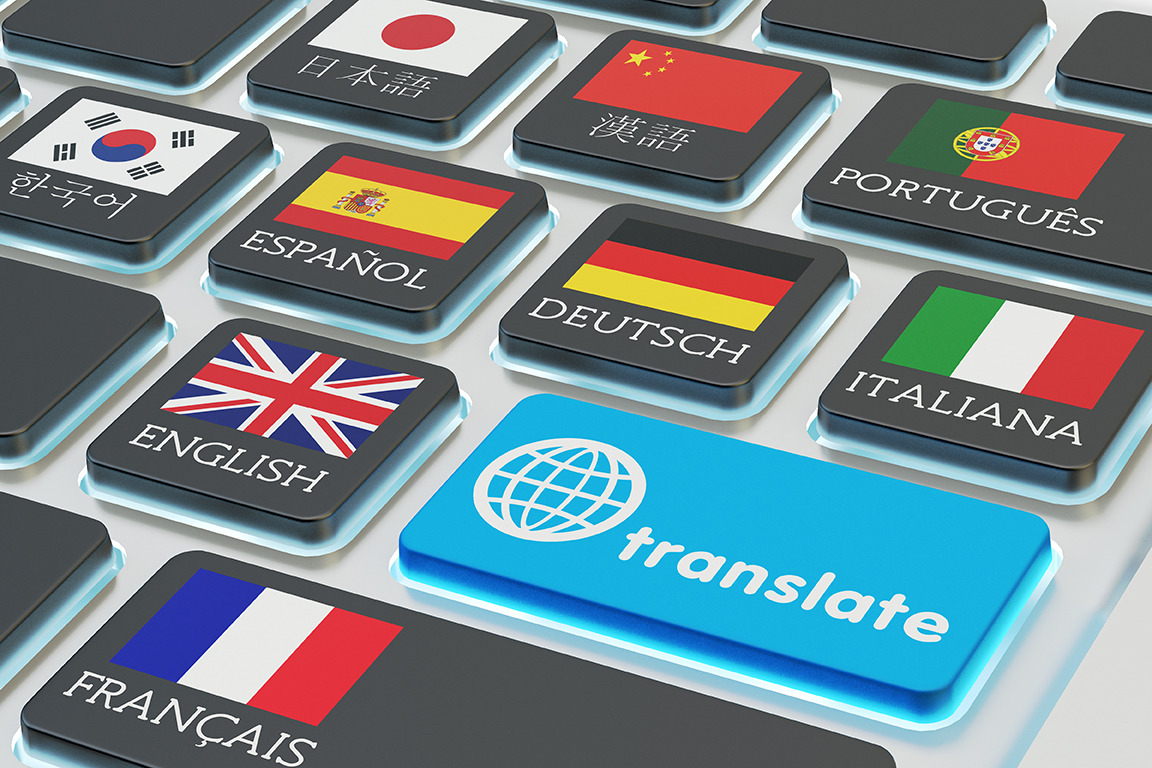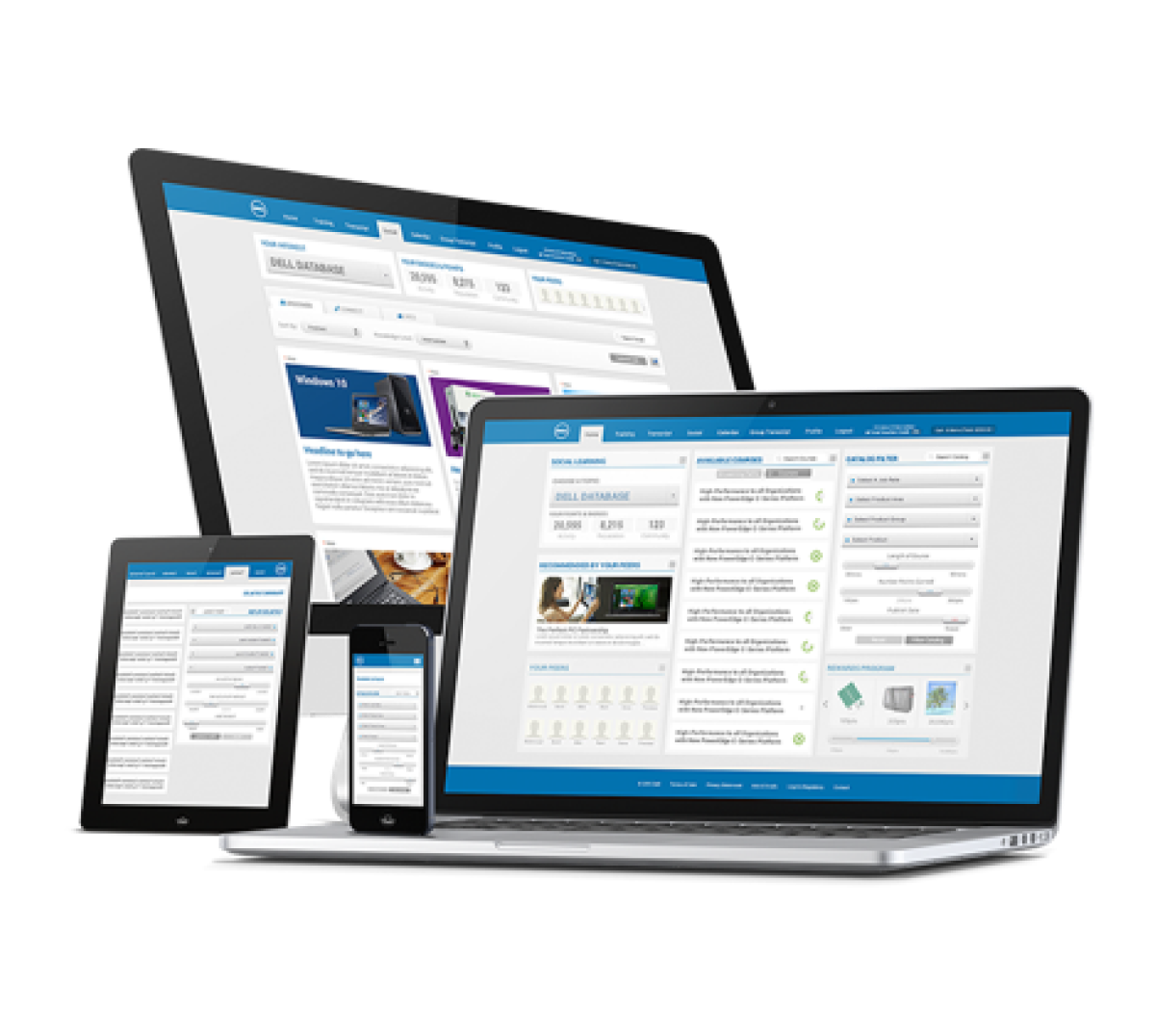When should you translate a course into different languages?
By Brett Strauss.

There are a couple of things to consider when deciding whether or not to translate a channel partner training course into other languages.
⦿ The budget for course translations and development.
⦿ The size of the audience consuming the training.
⦿ The length of time that the training will be valid.
⦿ The per-person value of the training to your organization.
⦿ The per-person value of the training to your partner company.
⦿ The time between now and the date when you need the training available.
Traditionally what I’ve seen when working with global manufacturers training their partners, is that all technical training is made available in English only as English tends to be the primary language for programmers and developers. Sales training is a different animal. Sales training is almost always made available in English initially, then translated into local languages for each country where partners are selling products. If you require them to complete your training, you should at least offer up that courseware in their primary language.
Since translating courses can take some time, we recommend offering up sales courses to partners in both English AND their local language. This will allow users to have the option of either language format they prefer, but also it gives them immediate access to the English course if they don’t want to wait for the translated version.
Before making an investment of this size, make sure you analyze the problem you are looking to solve and review all of the factors listed above. If the courses are important and will have a positive effect on sales, then it’s worth the investment.



